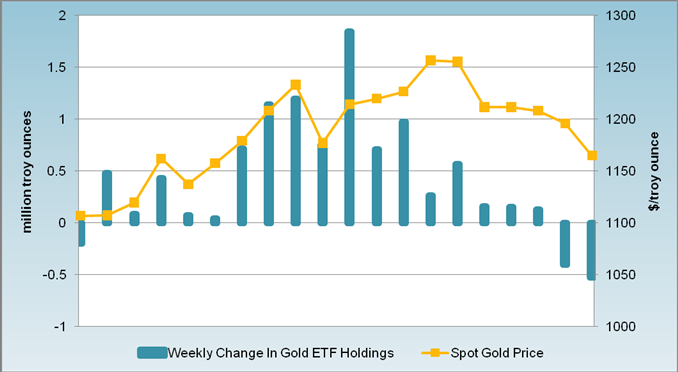A Guide To ETF Liquidation
Post on: 24 Июнь, 2015 No Comment

An outpouring of new products has flooded the exchange traded funds (ETF) business, since the first ETF was rolled out in 1989, but not all have survived. An ETF is a basket of securities, traded on a stock exchange that is bought and sold throughout the day, much like stocks. Most ETFs track an index fund. ETFs continued to multiply until 2007, when many advisors began warning that the proliferation of these products could backfire. According to Morgan Stanley, the first quarter of 2008 saw 16 new ETFs listed in the U.S. but 23 liquidations resulted in the first quarter-over-quarter decline, in the number of available American ETFs, since their inception.
Reasons for an ETF Shutdown
Several reasons exist for the liquidation of ETFs, but the top reasons include a lack of investor interest and a limited amount of assets. An investor may not choose an ETF because what is offered may be too narrowly-focused, too complex or have a poor liquidity. This can lead to a liquidation, because ETFs with dwindling assets aren’t profitable for the company that created the fund. ETFs tend to have low profit margins and therefore need several assets to make money. (To learn more about ETF liquidation, check out ETF Liquidity: Why It Matters . )
Although ETFs are generally considered lower risk than individual securities, they are not immune to some of the typical problems that can occur when investing in securities. These risks include potential tracking errors and the chance that certain indexes may slow other market segments or active managers. (Learn how to pick the best of the bunch in How To Pick The Best ETF .)
The Liquidation Process
ETFs that close down have to follow a strict and orderly liquidation procedure. The liquidation of an ETF is similar to that of an investment company, except that the fund also notifies the exchange on which it trades, that trading will cease. (To learn about similar instances of liquidation in mutual funds, read Liquidation Blues: When Mutual Funds Close .)
Shareholders typically receive notification of the liquidation between a week and a month before it occurs, depending on the circumstances. The board of directors, or trustees of the ETF, will approve that each share is individually redeemable upon liquidation, since they are not redeemable while the ETF is still operating; they are redeemable in creation units. (For more insight, see An Inside Look At ETF Construction .)
Investors who want out of the fund upon notice of the liquidation, sell their shares; the market maker will buy the shares and the shares will be redeemed. The remaining shareholders would receive their money, most likely in the form of a check, for whatever was held in the ETF. The amount of the liquidation distribution is based on the net asset value (NAV) of the ETF.
The liquidation, however, can create a tax event, if the funds are held in a taxable account. This may force an investor to pay capital gains taxes on any profits received, that would have otherwise been avoided. (To learn about a similar tax event that can occur in mutual fund sales, see Don’t Lose Your Shirt On Mutual Fund Sales .)
Four Ways to Identify an ETF on the Way Out

It is possible to reduce the chances of holding an ETF that may close and having to search for another place to stash your cash. The following four tips can help investors determine whether an ETF is likely to face some trouble:
1. Use caution when selecting ETF products that track narrow market segments ; these products are considered risky and therefore require more evaluation.
2. Examine the ETF’s trading volume. Volume is a good indicator of liquidity and investors’ interest. If the volume is high, the product is typically more liquid.
3. Look at the assets under management, to determine how much money is being managed and to measure the fund’s success.
4. Review the ETF’s prospectus. to understand what type you are holding. An ETF is like any other investment company and will deliver a prospectus upon request. The prospectus will provide information such as fees and expenses, investment objectives, investment strategies, risks, performance, pricing and other information. (Learn to decipher the secret language of the prospectus; read How To Interpret A Company’s Prospectus )
ETFs have been around since 1989 and have since expanded to provide investors with an array of choices; they trade like stocks, but hold a pool of securities. As of 2010, 916 ETFs are available on the market, totaling $882 billion in assets. New products are constantly being introduced, but this does not mean that they’ll stick around. Investors can reduce the chance of having a liquidating ETF, by making sure they research the product. If your ETF goes out of business, don’t panic, but when you look for a new place to put your cash, make sure you know what you are getting into.














